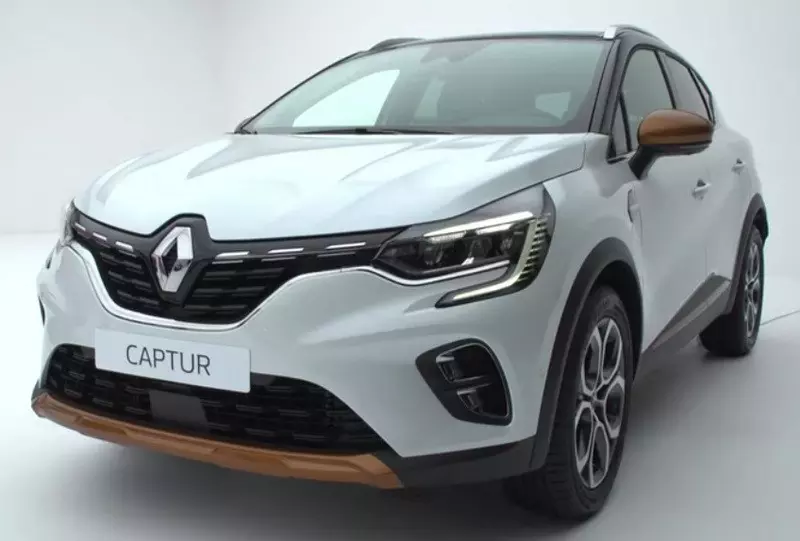Crossover vs SUV - Compared | The Differences
Published Date: 20th Feb 2020
The terms Crossover and SUV are frequently used to describe the same cars, and we often get asked what the difference is?
The lines have been blurred with the use of these two terms BUT if you see a car described as a SUV or Crossover you can assume it will have a higher driving position, more rugged exterior styling than a traditional family car, sometimes additional drive modes to help tackle more demanding driving conditions and/or 4-wheel drive.
What’s an SUV - The Strict Definition
Traditionally a SUV was built on what’s called a unibody construction, in other words the body, frame and chassis are built as one combined structure. For the most part a genuine SUV in the strictest definition would be equipped with 4-weel drive/all-wheel drive, although some may have rear wheel drive.
 In reality few new cars referred to as SUVs meet this strict definition anymore, most are built on what is known as a body-on-frame construction, basically body and chassis are built separately and this is how the vast majority of passenger cars are built these days
In reality few new cars referred to as SUVs meet this strict definition anymore, most are built on what is known as a body-on-frame construction, basically body and chassis are built separately and this is how the vast majority of passenger cars are built these days
Even some of the larger so-called SUVs and 4x4s you probably think are full-blown SUVs are in fact not; the Nissan X-Trail is built on the same platform as the Nissan Qashqai, it effectively replaces the dropped 7-seater version of the Qashqai; these are body-on-frame design vehicles.
The 2020 Land Rover Discovery is built on a new lightweight aluminium monocoque construction which is like a unibody design, Land Rover describe it as ‘the stiffest body structure the brand has ever produced’.
The point is don’t get too hung up on the term SUV, unless you are driving cross-country/off road that level of distinction will never matter to most people.
What’s a Crossover?
A Crossover is a vehicle built on a traditional family car/body-on-frame construction; they have many of the features associated with a SUV.
Sales of this type of vehicle have exploded in recent years, meaning most manufacturers have at least two of this type of car in their line-up in varying sizes.
A Crossover will feature a higher driving position, usually modified/stiffened suspension and rugged exterior styling like moulded wheel arches, chunkier bumpers and bigger tyres.
 Although many Crossovers will be front wheel drive, they often feature driver aids/modes that modify traction, braking and steering to help tackle more demanding driving conditions.
Although many Crossovers will be front wheel drive, they often feature driver aids/modes that modify traction, braking and steering to help tackle more demanding driving conditions.
Most mid to large sized Crossovers also offer a 4-wheel/all-wheel drive option, usually on higher grade models.
Although you may not know it a lot of Crossovers share the same platform as their more traditional passenger counterparts in any given manufacturers line-up.
Some of the smaller Crossovers on the market still sit closer to traditional passenger cars and as you move to mid/large sized Crossover you’ll see more rugged styling in some models and a closer resemblance to a traditional SUV.
As smaller Crossovers go the most obvious are the relatively new Fiesta and Focus Active/Active X which are direct descendants of their namesakes with a higher driving position, modified suspension, more rugged exterior styling and a ‘slippery’ drive mode.
Other popular small Crossovers include the Renault Captur and the Nissan Juke with it's unique/quirky looks.
The best-selling mid-size Crossover in the UK is the Nissan Qashqai which offers all the comfort and practicality of a traditional family car, excellent levels of tech and driver aids with the a 4-wheel drive option on higher grade models.
The Qashqai is built at Nissan’s Sunderland factory, the biggest car plant in Britain. If you want to support the British economy and workforce, it’s a great choice.
Crossover/SUV Summary
The two terms have been misused so much they have effectively merged into one, if you hear the term SUV or Crossover to describe a car, it will most likely be built on a body-on-frame construction, unibody passenger cars are few and far between and in reality it’s not even a consideration for the vast majority of new car buyers these days.
